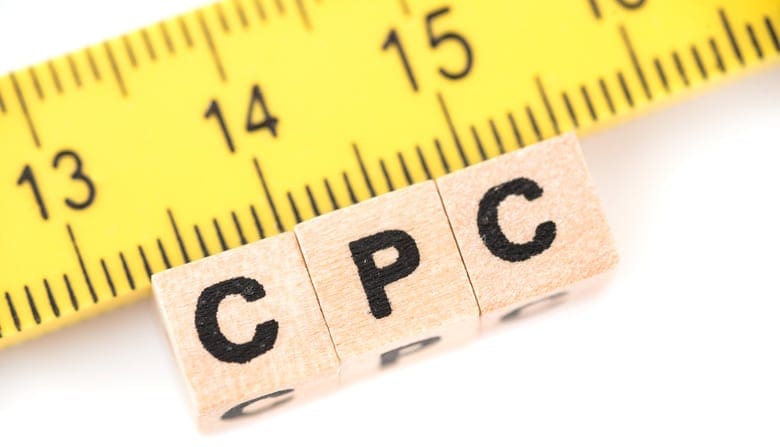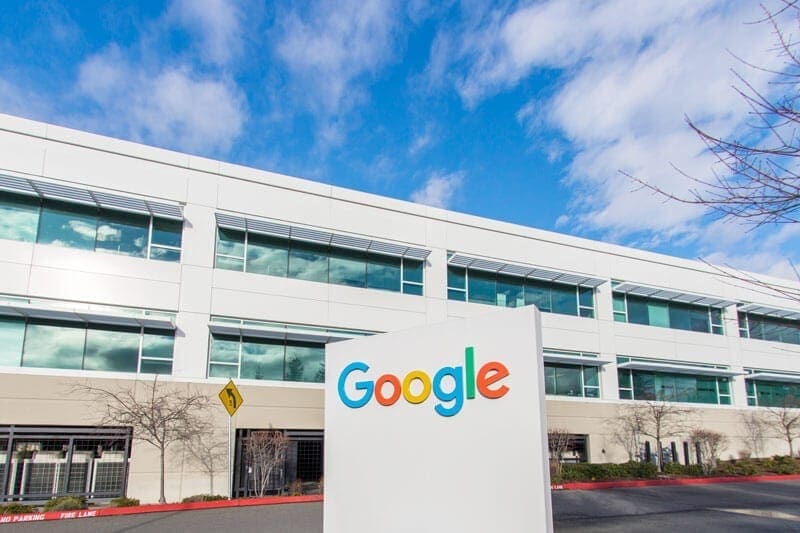It is crucial to select the correct bidding strategy for your campaign when using Google Ads to ensure you get clicks but don’t use up all your budget in a day. Before you select one, you need to consider your advertising goals and what type of campaign you are running. The selection comes down to a range of things, including your budget and whether you have conversion tracking set up. In this blog post, Media Giant explains the bidding strategies used for Google Text Ads and when each of them should be used!
Target Cost Per Acquisition (CPA)
Target CPA lets you set bid minimums and maximums, so Google keeps exactly to your budget. It works to maximise conversion volume within your set limit and is a fully automated strategy. Target CPA is best used when you have conversion tracking set up and have had at least 30 conversions in the last month.
Target Return On Ad Spend (ROAS)
Target ROAS is another automated strategy that needs to be used with conversion tracking and larger budget campaigns. Google Ads uses the return you want from your advertisements to set the bids to maximise conversion value while staying within your target. You can calculate your Target ROAS in the following way: (Sales/ad spend) x 100.
Maximise conversions
The maximise conversions strategy works by telling Google how much you want to spend in a day, from here, the algorithm will work to get you the most conversions for your budget. This automated strategy is a reasonably hands-off solution, where you give Google complete control. It is important that you don’t set your daily budget too high and have some conversion data.
Enhanced Cost Per Click (ECPC)
Enhanced Cost Per Click needs you to set the keyword bid, while it also allows Google to increase or reduce the bid if the algorithm believes it might lead to a conversion. It is a great way to try out an automated strategy while still having some control over your spending. You don’t need as much data as with the previous options. However, it’s essential to keep an eye on your budget to make sure it’s still profitable.
Maximise Clicks
An excellent option for driving traffic to your website when you don’t have conversion tracking set up, Google will maximise the number of clicks on your ads by using your daily budget. It is a great option for marketing and to increase your organisation’s audience. Ensure your Cost Per Click is set to a limit, so you don’t spend too much on a single click.
Manual Cost Per Click (CPC)
This manual bid strategy lets you set your maximum CPC and is a great way to start your Google Ads journey. You have complete control over each keyword bid, which you can change later manually. It takes a longer time than the automated strategies but works on a lower budget and without conversion tracking.
Target Impression Share Bidding
Target Impression Share Bidding lets you choose where to appear on a Google page, at the top, absolute top, or anywhere. It also enables you to ensure your ad always shows up when someone searches for your business. You should set a maximum CPC to ensure you don’t spend your budget too quickly.
So What Should You Use?
We suggest you start with a manual bid strategy, where you can select precisely how much money is spent on a daily basis. Once you have conversion tracking set up for a while and your keywords and negative keywords sorted out, you might want to move to an automated strategy to achieve your organisation’s goals. It is important to note that there is no one size fits all option in the Google Ad bid strategies, as every business and its products and services are unique, so it might take some time until you find the right option for you.
If you are unsure about what the bid strategies mean and are confused about what one you should select for your business, contact Media Giant. We are experienced in creating Google Ad campaigns and can help you achieve your full potential.





